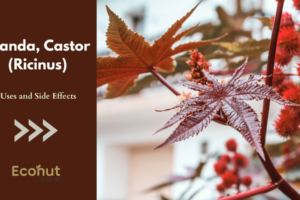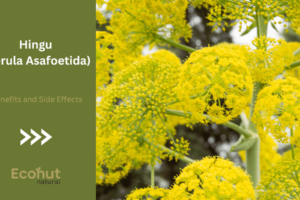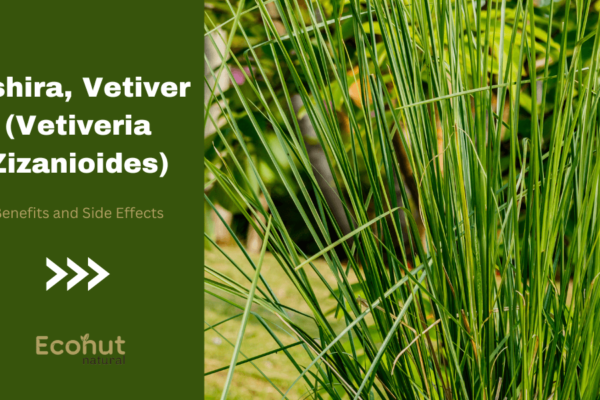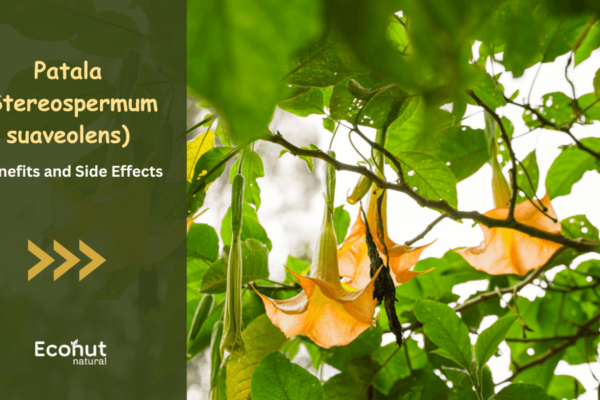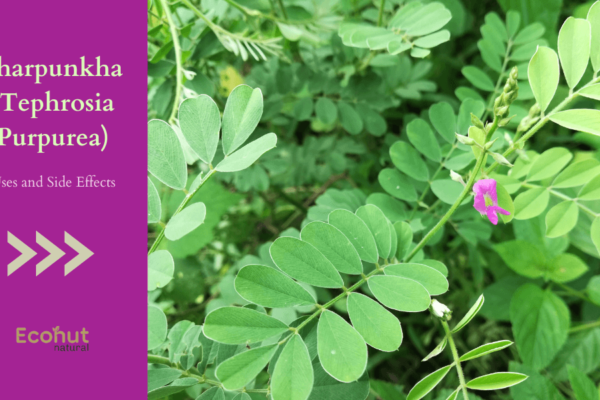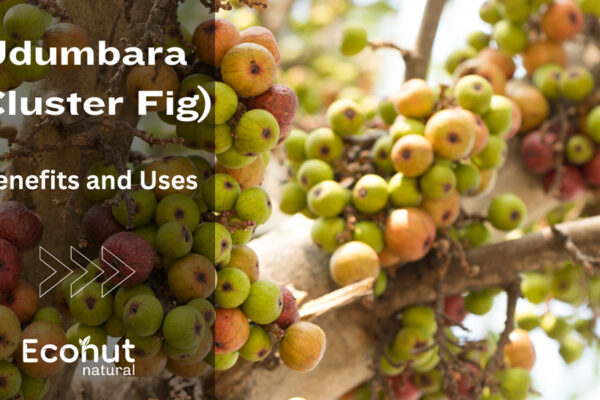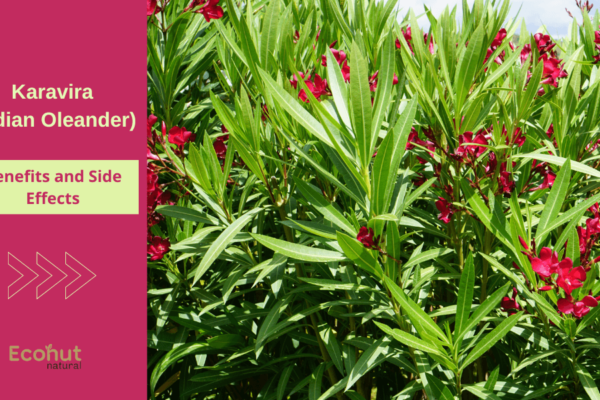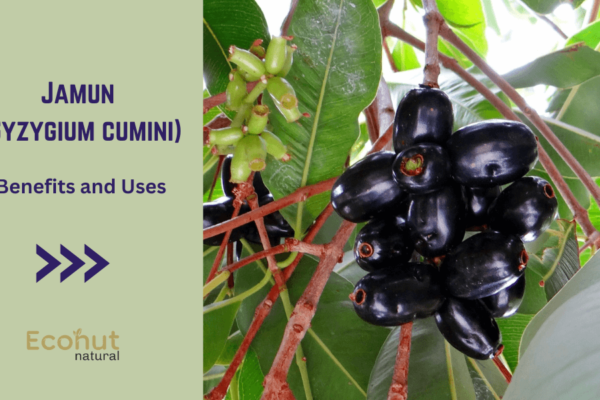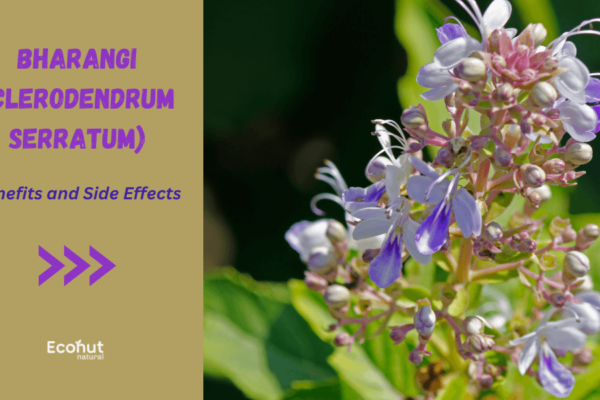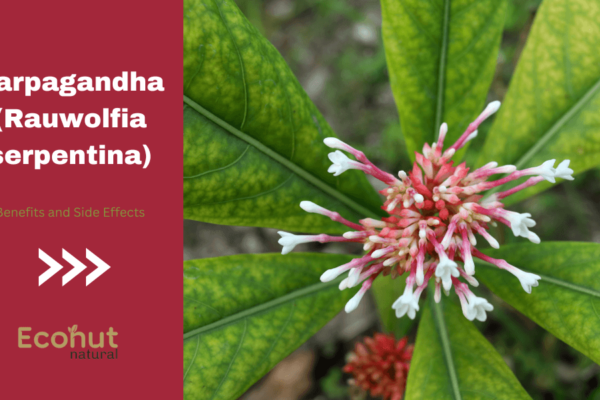
Sarpagandha (Rauwolfia serpentina): Uses, Benefits and Side Effects
Sarpagandha, also known as Rauwolfia serpentina, is a plant native to the Indian subcontinent and Southeast Asia. It has been used traditionally in Ayurvedic medicine for centuries due to its medicinal properties. The primary active compounds in Sarpagandha are alkaloids, particularly reserpine, which has been extensively studied for its pharmacological effects. Reserpine is known for…




